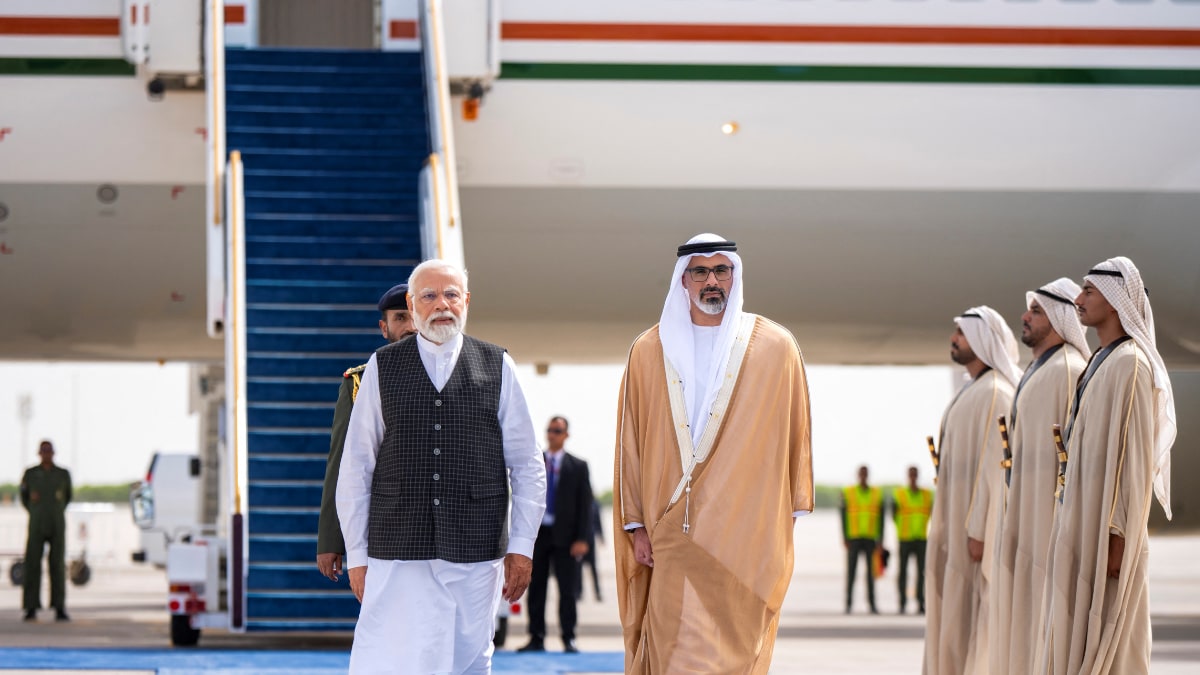The Comprehensive Economic Partnership Agreement (CEPA) between India and the UAE, signed in 2022, is facing scrutiny as concerns arise regarding the sharp rise in precious metal imports from the UAE. Indian industry has voiced its apprehensions, leading to a planned review of the agreement during the visit of a UAE delegation led by Abu Dhabi Crown Prince Sheikh Khaled bin Mohamed Al Nahyan. This article delves into the reasons behind the review, exploring the impact on both nations and the potential outcomes.
A Boost to Trade, But Concerns Emerge
The CEPA was hailed as a significant step towards strengthening bilateral ties between India and the UAE, aiming to boost trade and investment between the two nations. The agreement facilitated easier access to markets for goods and services, and lowered tariffs, fostering a more conducive environment for businesses. However, a surge in precious metal imports from the UAE following the CEPA’s implementation has raised concerns within the Indian industry.
Rules of Origin: The Point of Contention
At the heart of the concerns lies the issue of “rules of origin,” which dictate the origin of goods to determine whether they qualify for preferential trade benefits under the CEPA. Some Indian industry players are alleging that the influx of precious metals from the UAE might not be compliant with the established rules of origin, potentially circumventing existing regulations and impacting domestic manufacturers.
The Review Process: A Balancing Act
The review of the CEPA is expected to address these concerns. The Indian government, acknowledging the importance of the agreement, is likely to approach the review with a focus on ensuring a level playing field for all stakeholders.
Addressing Concerns While Preserving the Pact’s Benefits
While the Indian government aims to address concerns regarding the increase in precious metal imports and potential discrepancies in rules of origin compliance, it also intends to maintain the positive momentum established by the CEPA. The review process is anticipated to focus on refining existing provisions and strengthening enforcement mechanisms rather than a complete overhaul of the agreement.
Potential Outcomes of the Review:
The outcome of the CEPA review holds significant implications for both India and the UAE. It is expected to impact the flow of trade and investment between the two nations.
Enhancing Cooperation: A Positive Outlook
While concerns about the increase in precious metal imports have spurred the review, it presents an opportunity for both countries to collaborate more effectively on ensuring compliance with rules of origin, promoting fair trade practices, and enhancing cooperation in the broader trade and investment landscape.
Potential for Revised Provisions:
The review may result in the modification or refinement of certain provisions within the CEPA to address concerns raised by Indian industry. This could involve clarifying or strengthening existing rules of origin provisions, establishing mechanisms to better monitor compliance, or introducing new measures to ensure equitable market access for all stakeholders.
The Bigger Picture:
The review of the CEPA between India and the UAE holds significant strategic implications beyond trade and economic factors. It serves as an important case study for similar agreements between the UAE and other nations, showcasing the critical role of continuous monitoring and adjustments to ensure successful outcomes and maintain mutual benefits.
Takeaways:
- The review of the India-UAE CEPA aims to address concerns regarding a surge in precious metal imports and ensure compliance with rules of origin.
- The review is likely to focus on strengthening enforcement mechanisms and improving communication between stakeholders.
- The review presents an opportunity to refine provisions and establish a framework for continued dialogue to ensure the long-term success of the agreement.
- The CEPA serves as a blueprint for other similar trade agreements, highlighting the importance of periodic reviews and adaptive measures.




